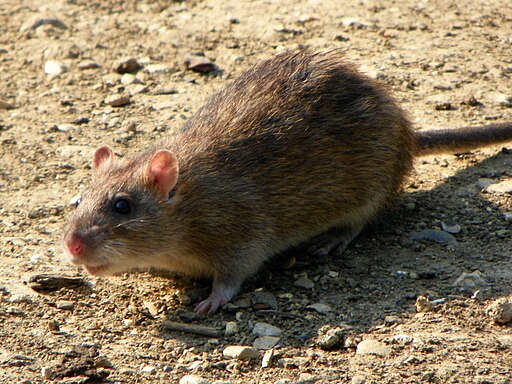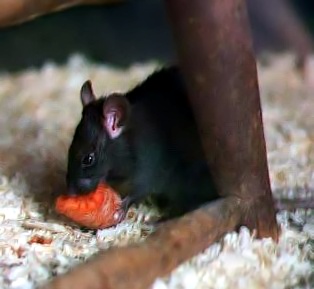Pest Index Rodents
House Mice
Pest Description
House mice are the most common breed of mouse in the United States and can enter homes through holes as small as a dime. Once inside a house, they travel through small cracks, seeking food and leaving droppings that spread germs. House mice carry other pests such as fleas, lice, mites, and ticks.
CHARACTERISTICS
- Light brown
- 2 in. size, round in shape
DISEASES
- Hantavirus Pulmonary Syndrome (HPS)
- Lymphocytic Choriomeningitis (LCM)
- Bubonic Plague
- Tularemia
- More
Deer Mice
Pest Description
Deer mice typically live outside in hollow logs or debris piles, but will also enter homes and stay in garages, attics, and small crawlspaces. They carry a dangerous disease called Hantavirus Pulmonary Syndrome (HPS), which is spread through their carcasses or by inhaling urine droplets of said carcasses.
CHARACTERISTICS
- Brown with white feet and underbelly
- 5 to 8 in. size, round in shape
DISEASES
- Hantavirus Pulmonary Syndrome (HPS)
- Lymphocytic Choriomeningitis (LCM)
- Bubonic Plague
- Tularemia
- More
Norway Rats
Pest Description
Norway rats typically live outdoors in woodpiles and fields found in farmland, but have adapted to more urban areas where they seek out sewers and areas with garbage. They enter homes by locating and gnawing or digging at entryways as small as a nickel. Once they have entered a home, they will damage property with their gnawing teeth and spread disease through their droppings as they seek out food.
CHARACTERISTICS
- Dark brown or gray
- 10 to 12 in. size, long in shape
DISEASES
- Hantavirus Pulmonary Syndrome (HPS)
- Lymphocytic Choriomeningitis (LCM)
- Bubonic Plague
- Tularemia
- More
Roof Rats
Pest Description
Roof rats typically live in the upper levels of homes and businesses, but will also live under buildings. Despite having poor vision, they excel in hearing, touch, taste, and smell and will use these heightened senses to seek out any food they can find. They will eat anything they can find and will chew through whatever they can to reach food. Rats are commonly seen as spreaders of disease due to the Bubonic Plague, also known as the Black Death, which killed 25 million people, almost 1/3rd of Europe's population, during the 14th century. Roof rats are the species in question that spread the plague through the ticks on their bodies, and they still spread similar diseases today.
CHARACTERISTICS
- Black
- 16 in. size, long and oval in shape
DISEASES
- Hantavirus Pulmonary Syndrome (HPS)
- Rat-bite fever
- Bubonic Plague
- Septicemic plague
- Pneumonic plague
- Rabies
- More



